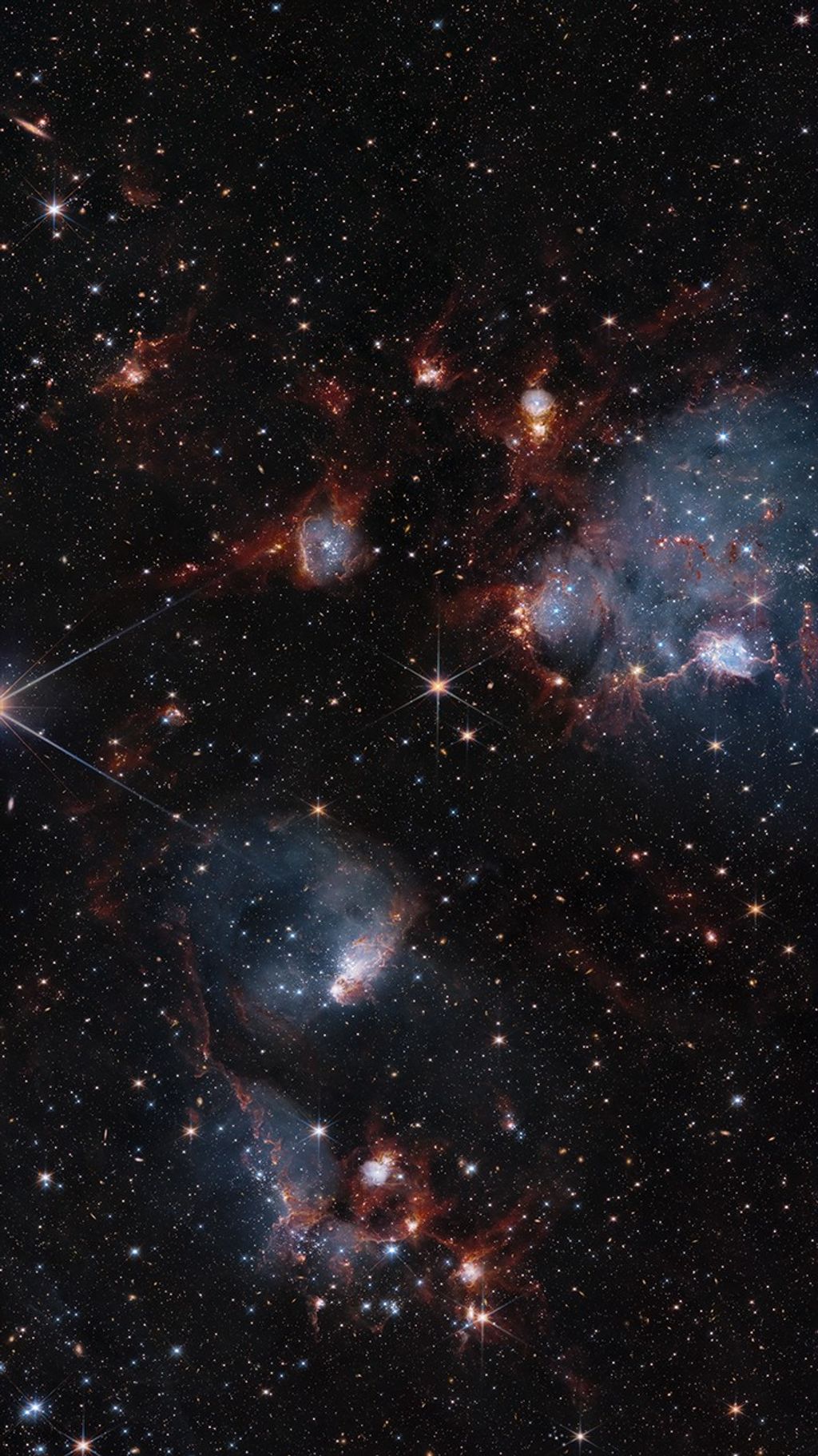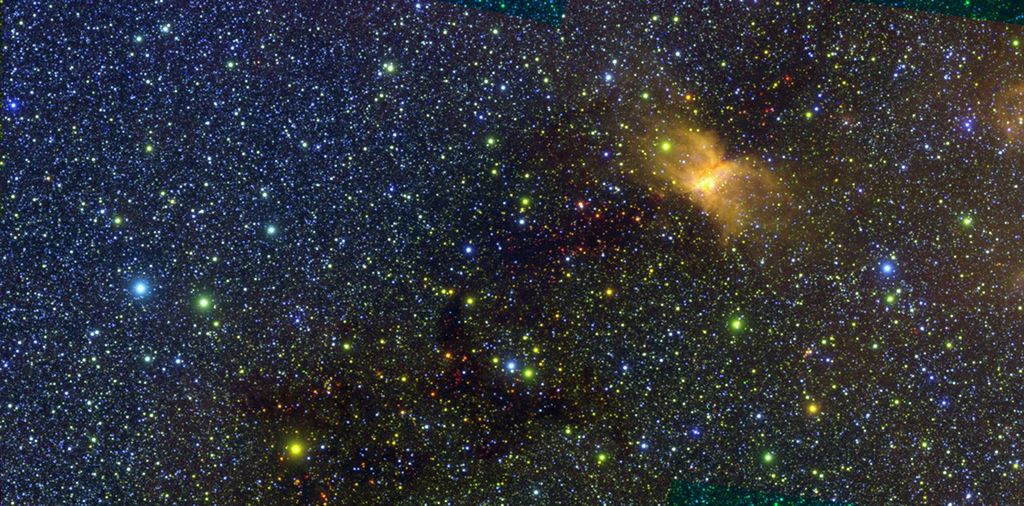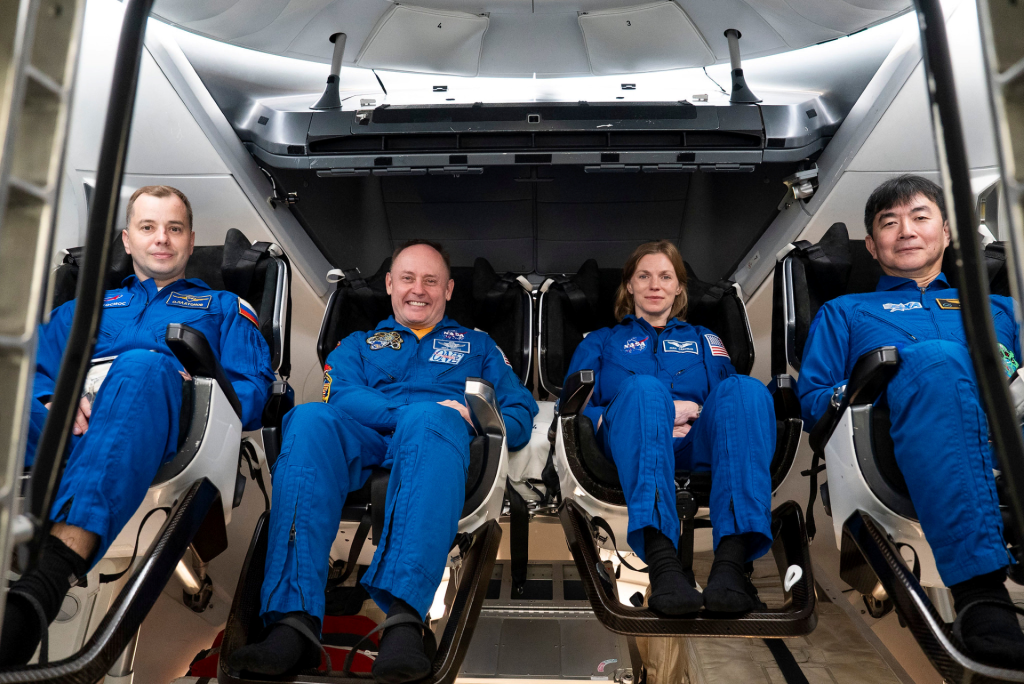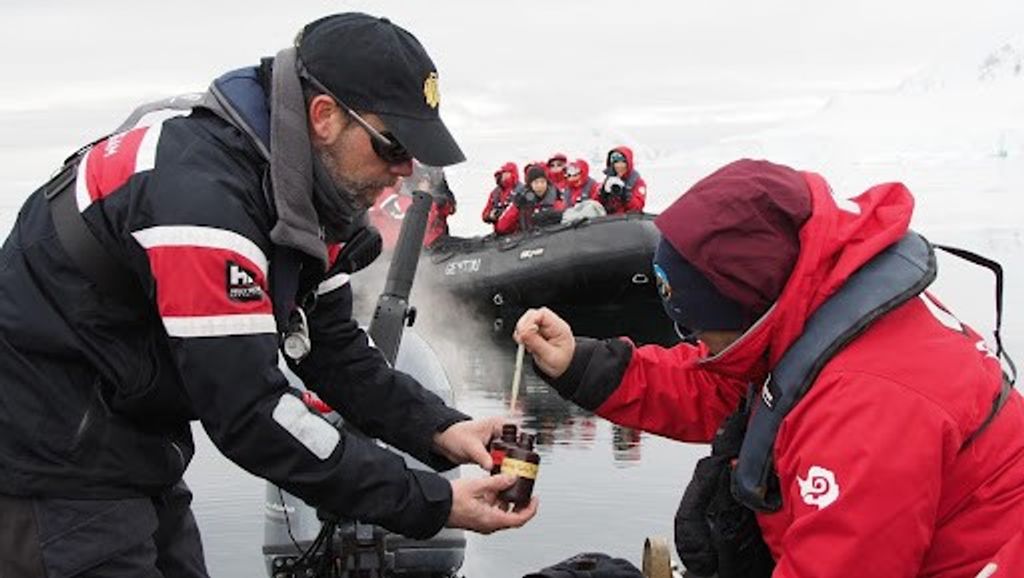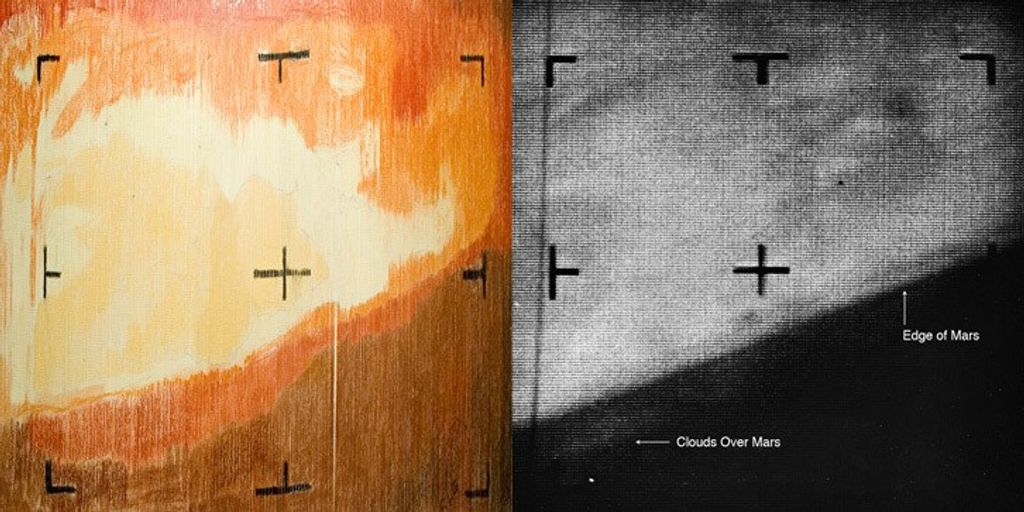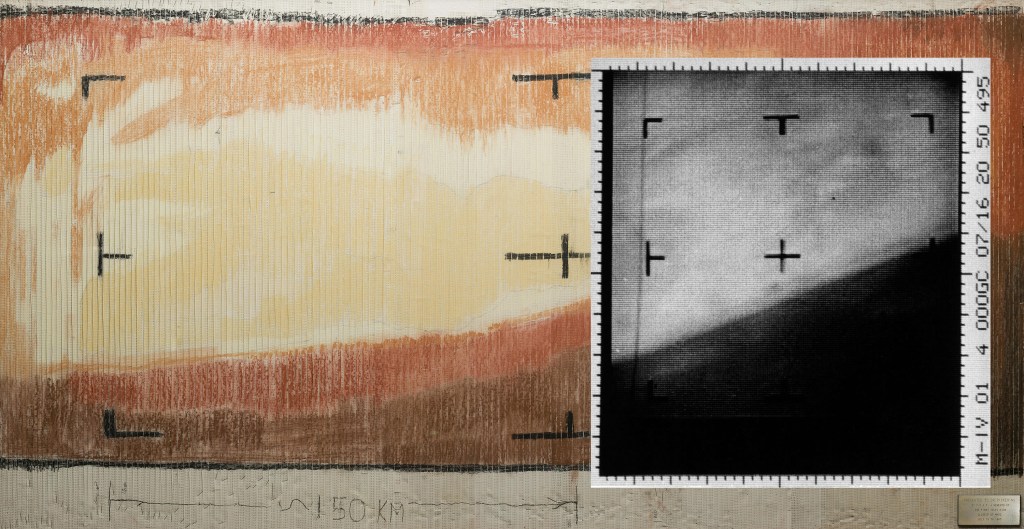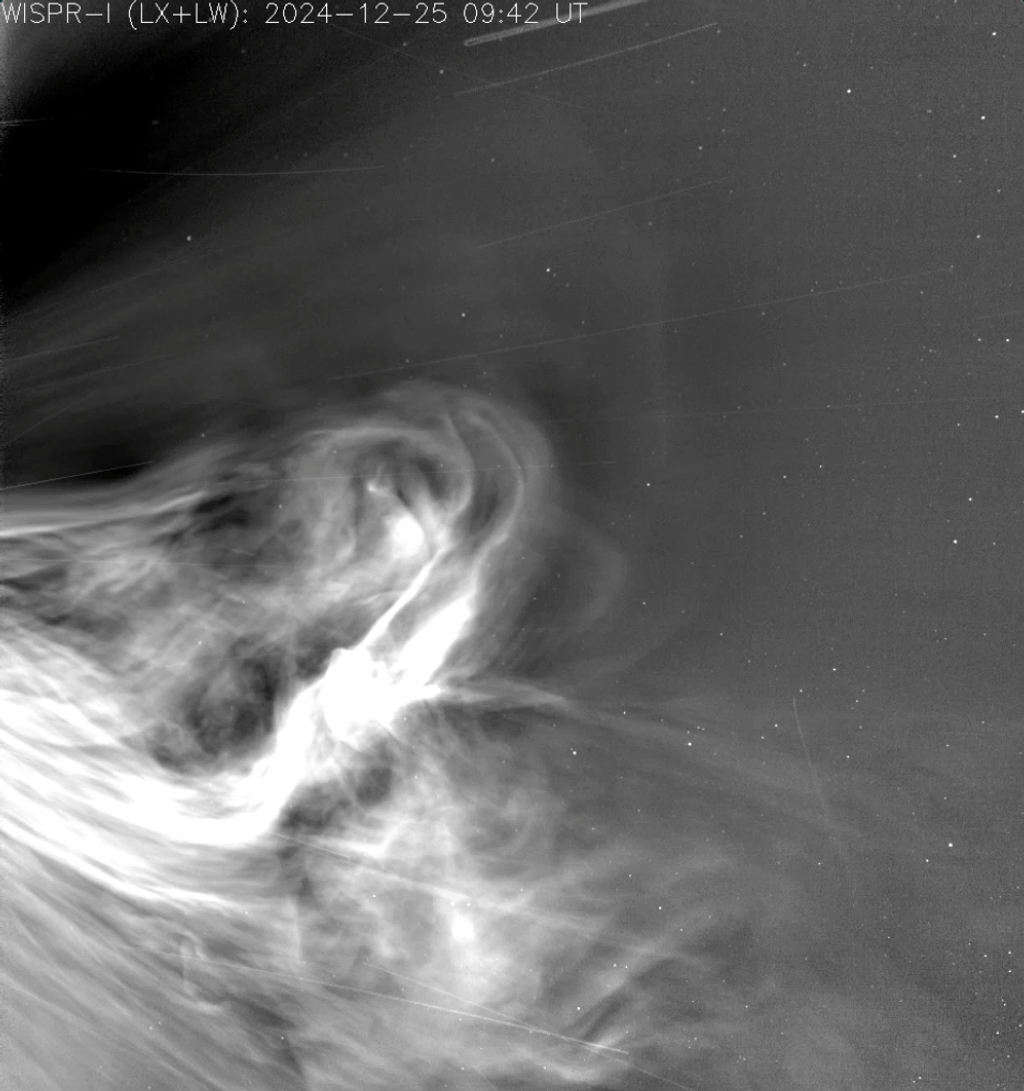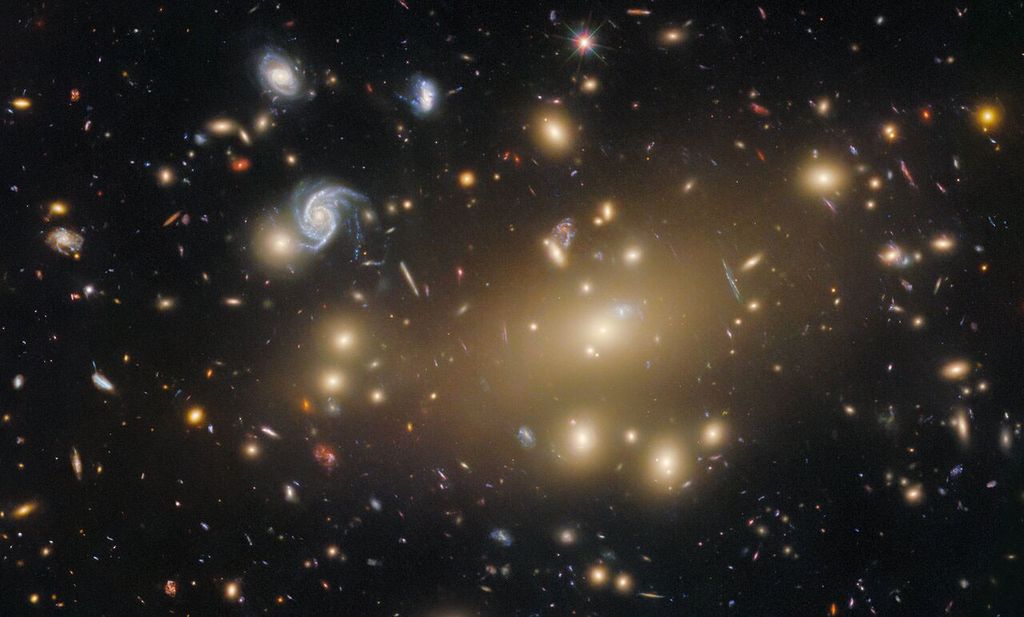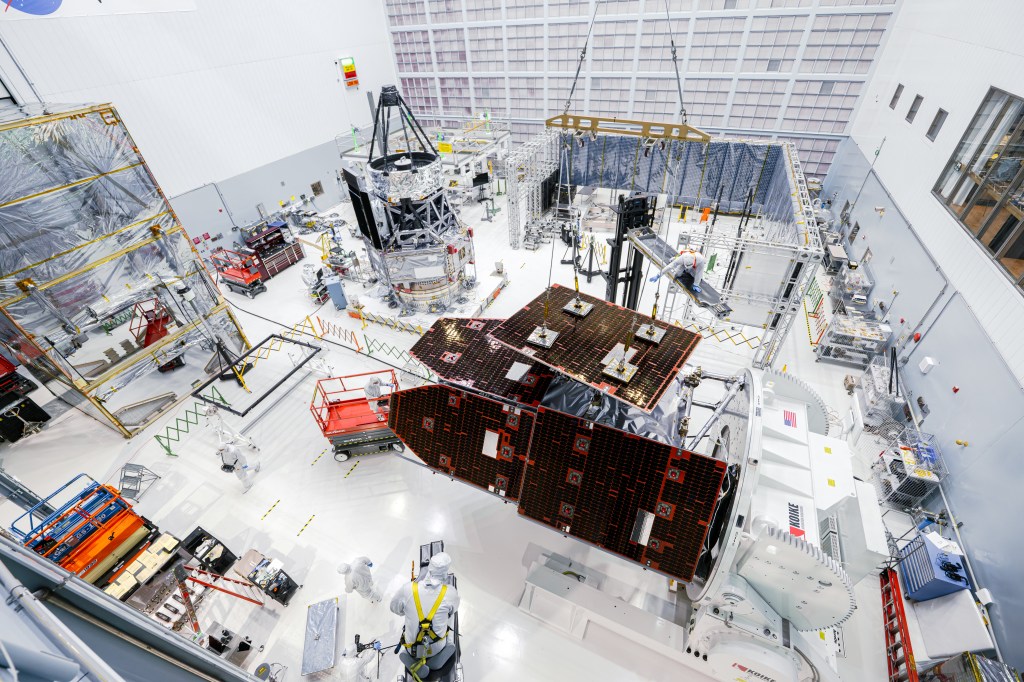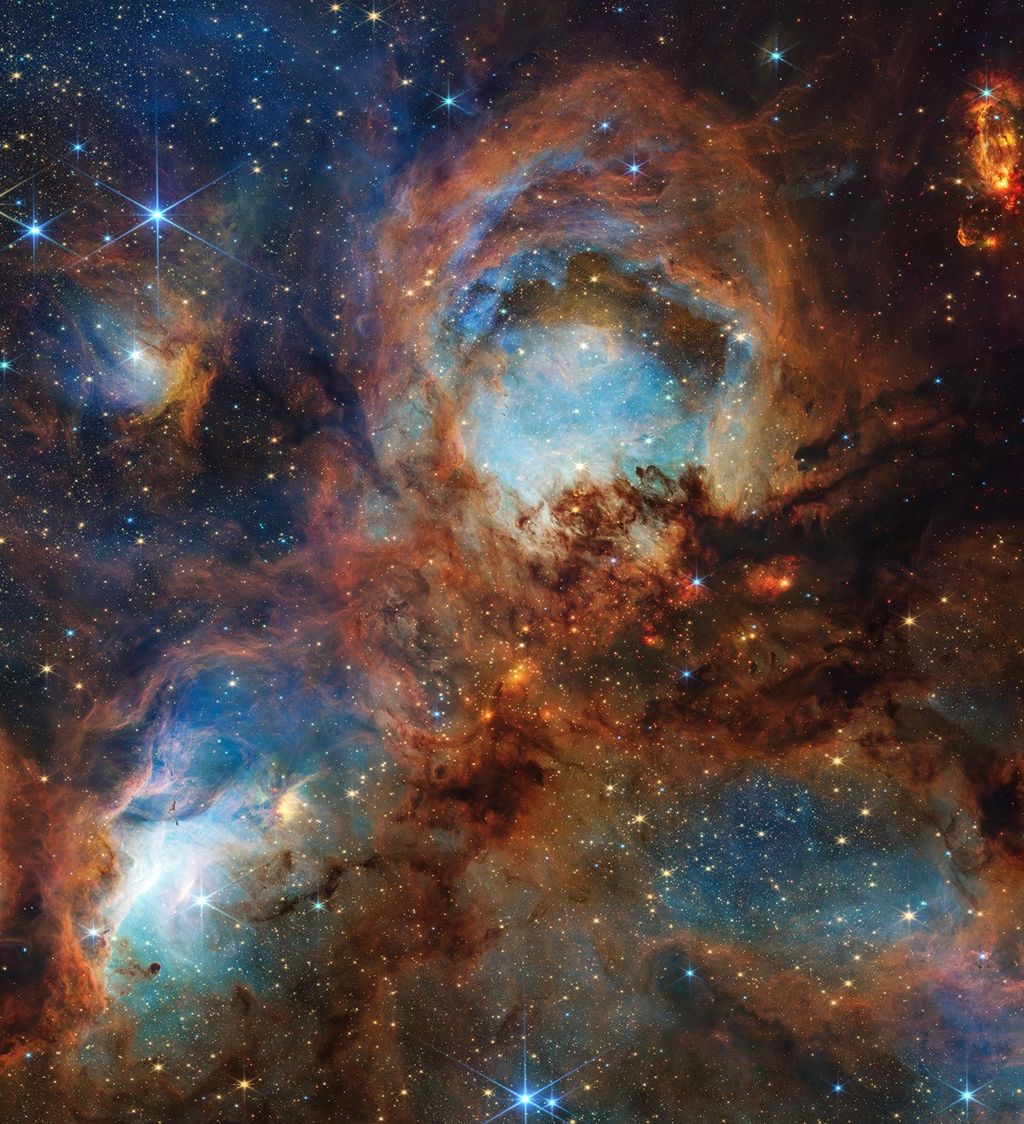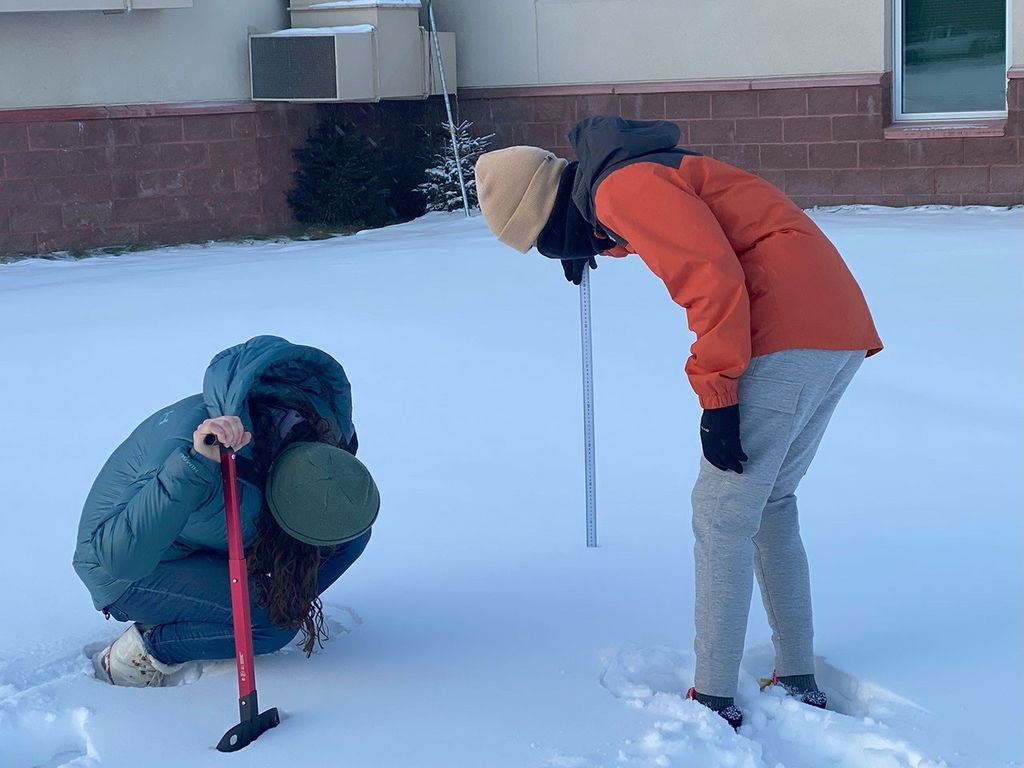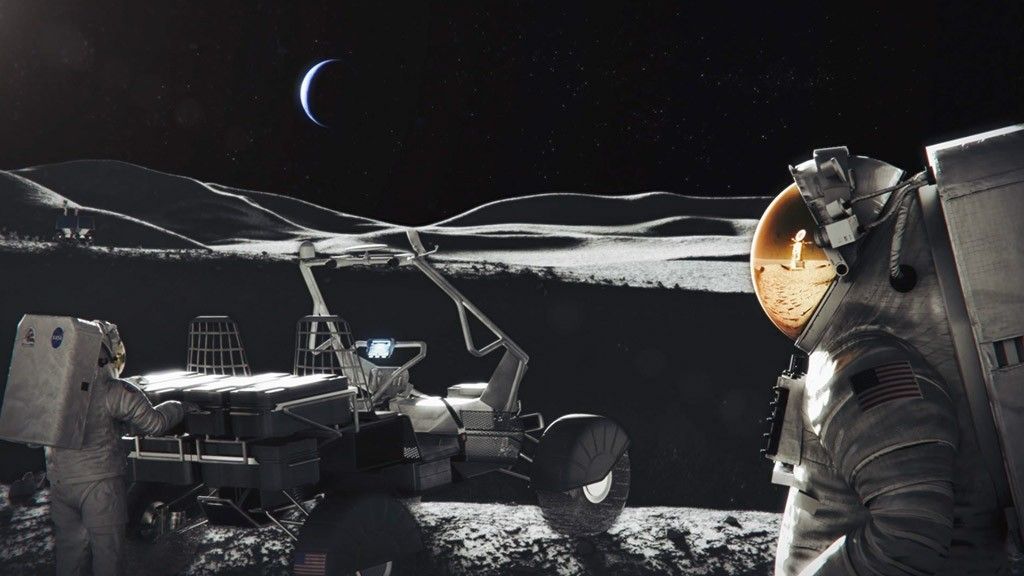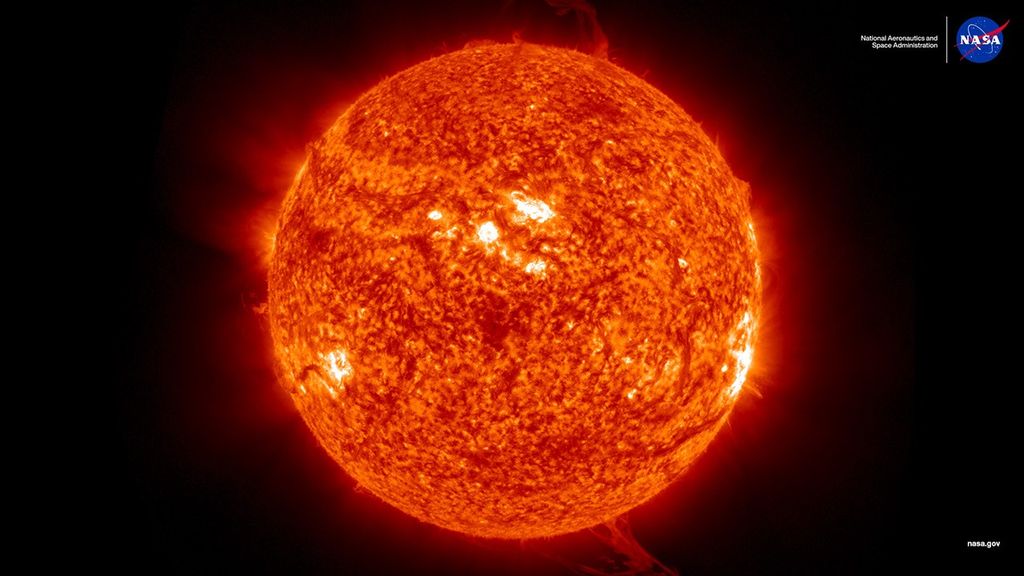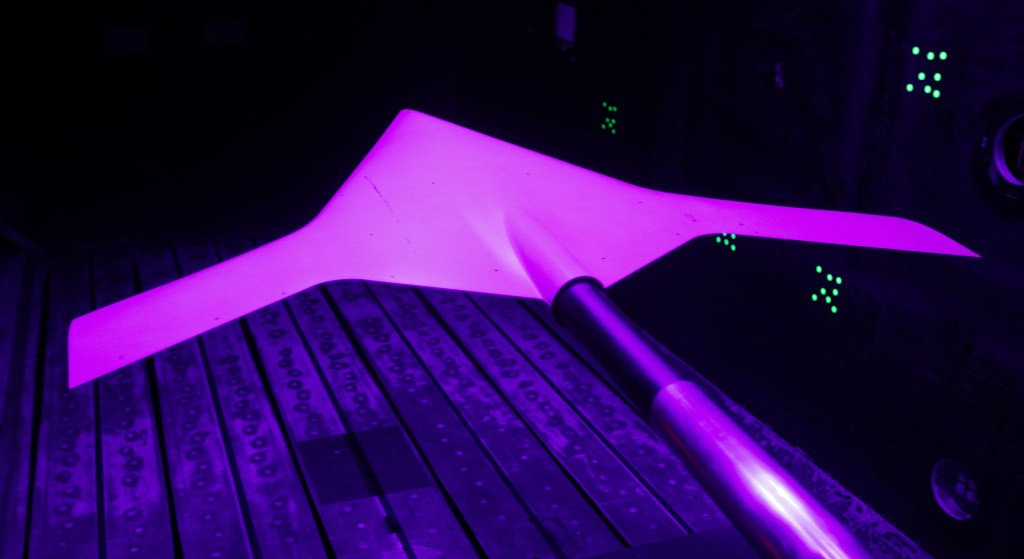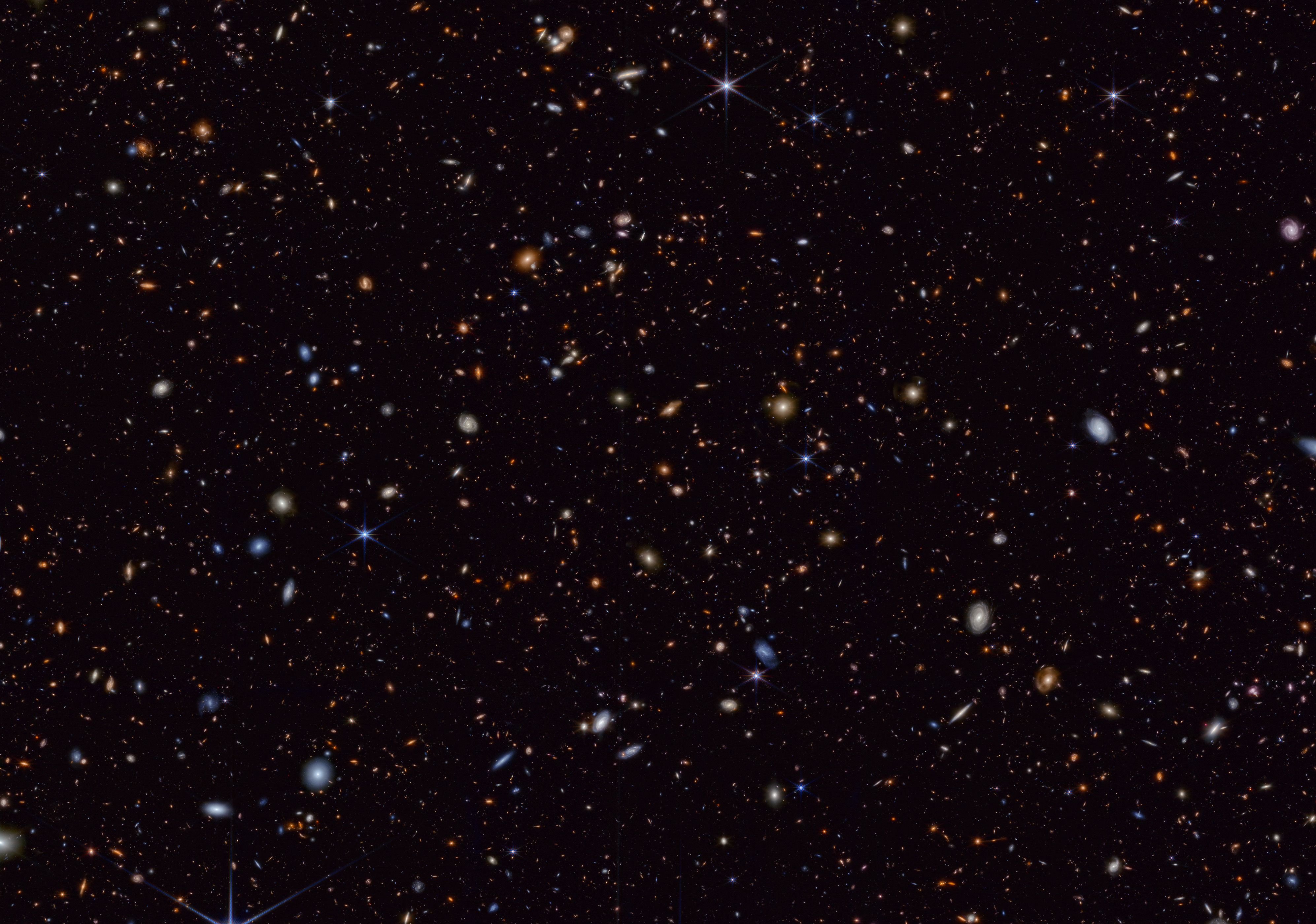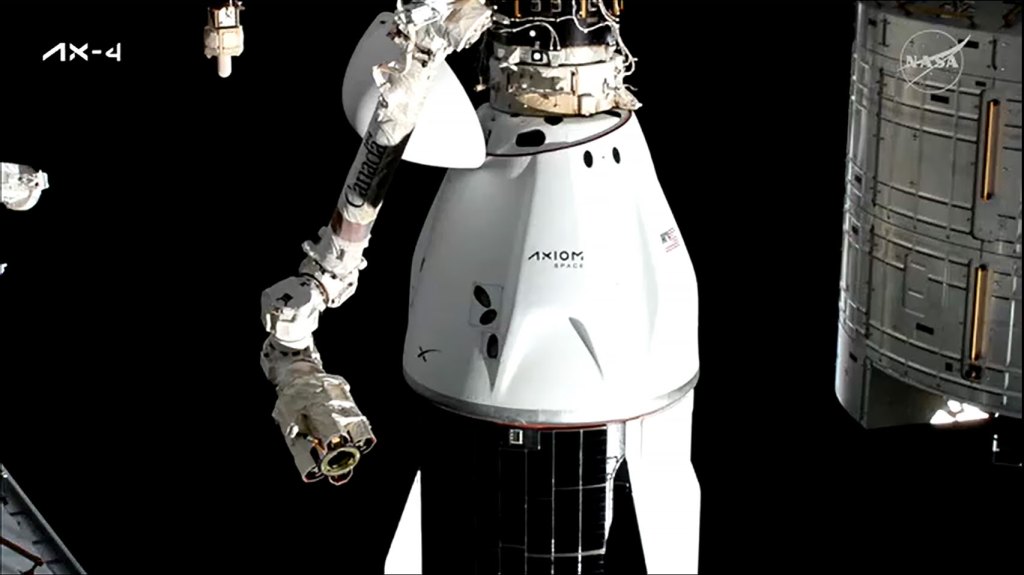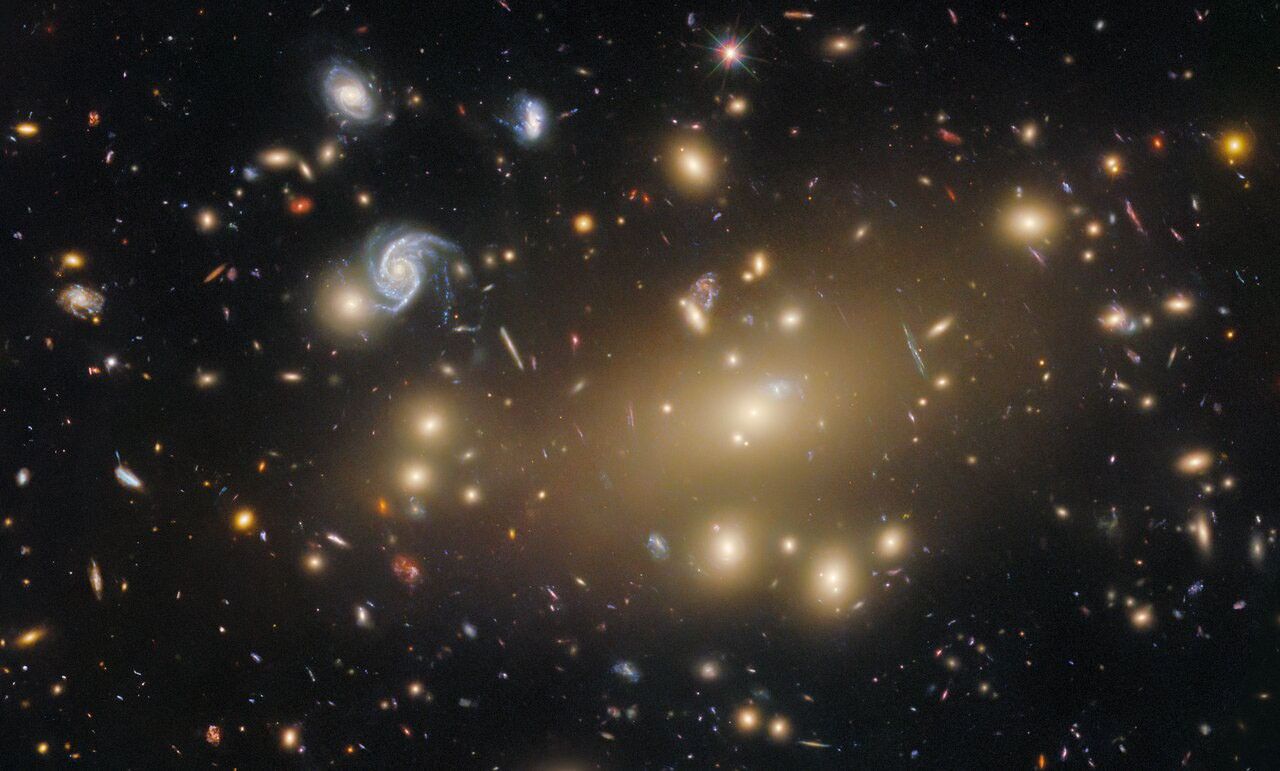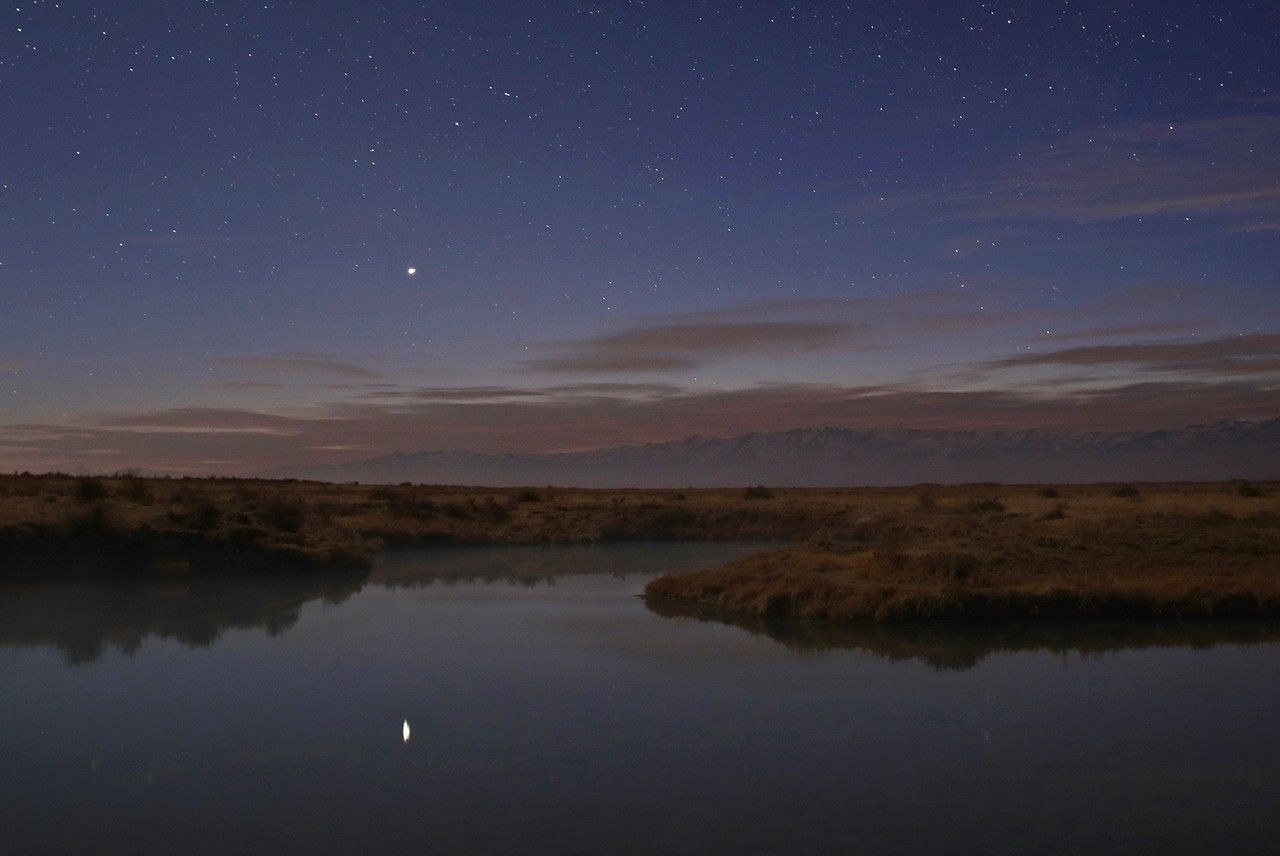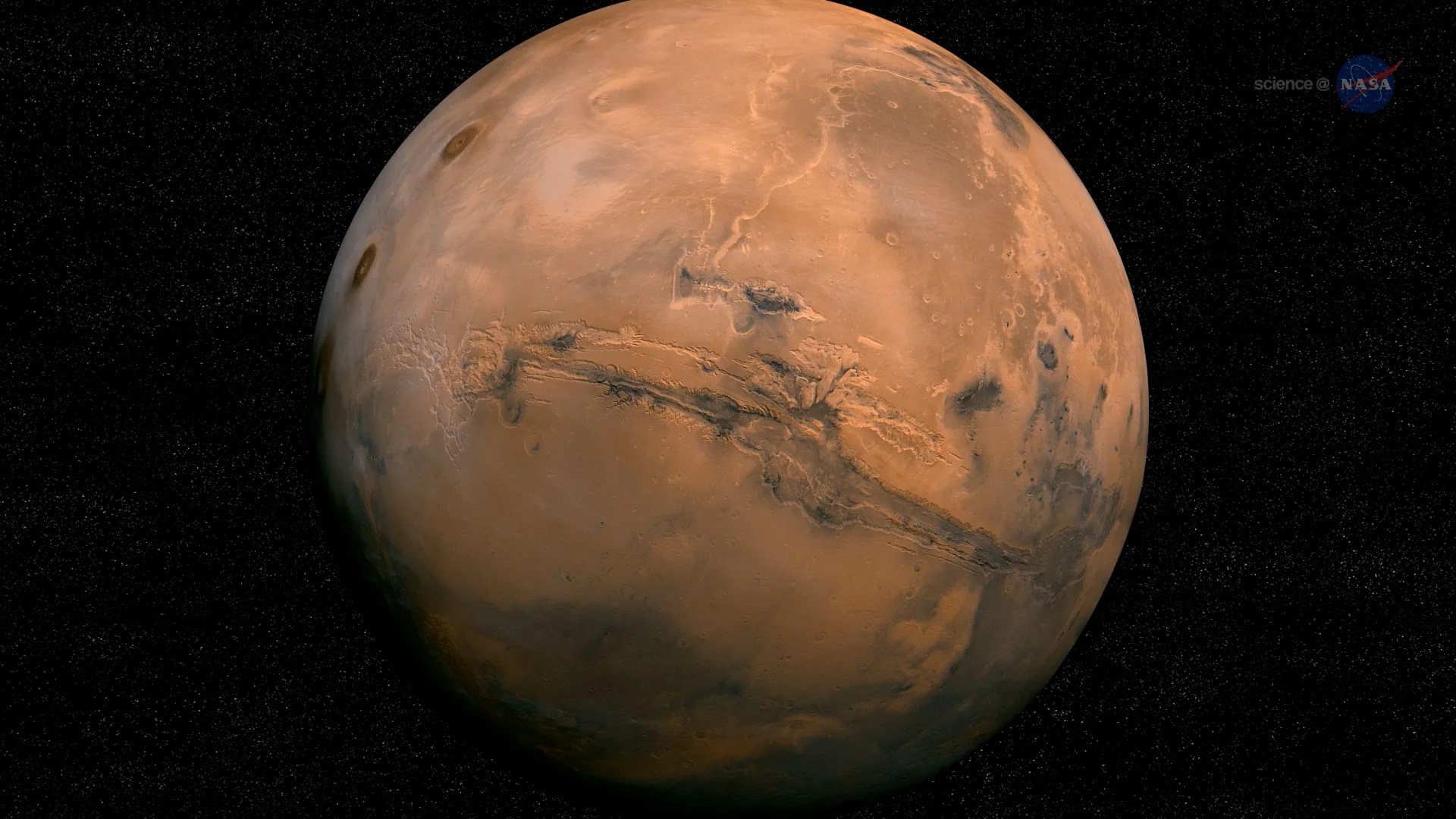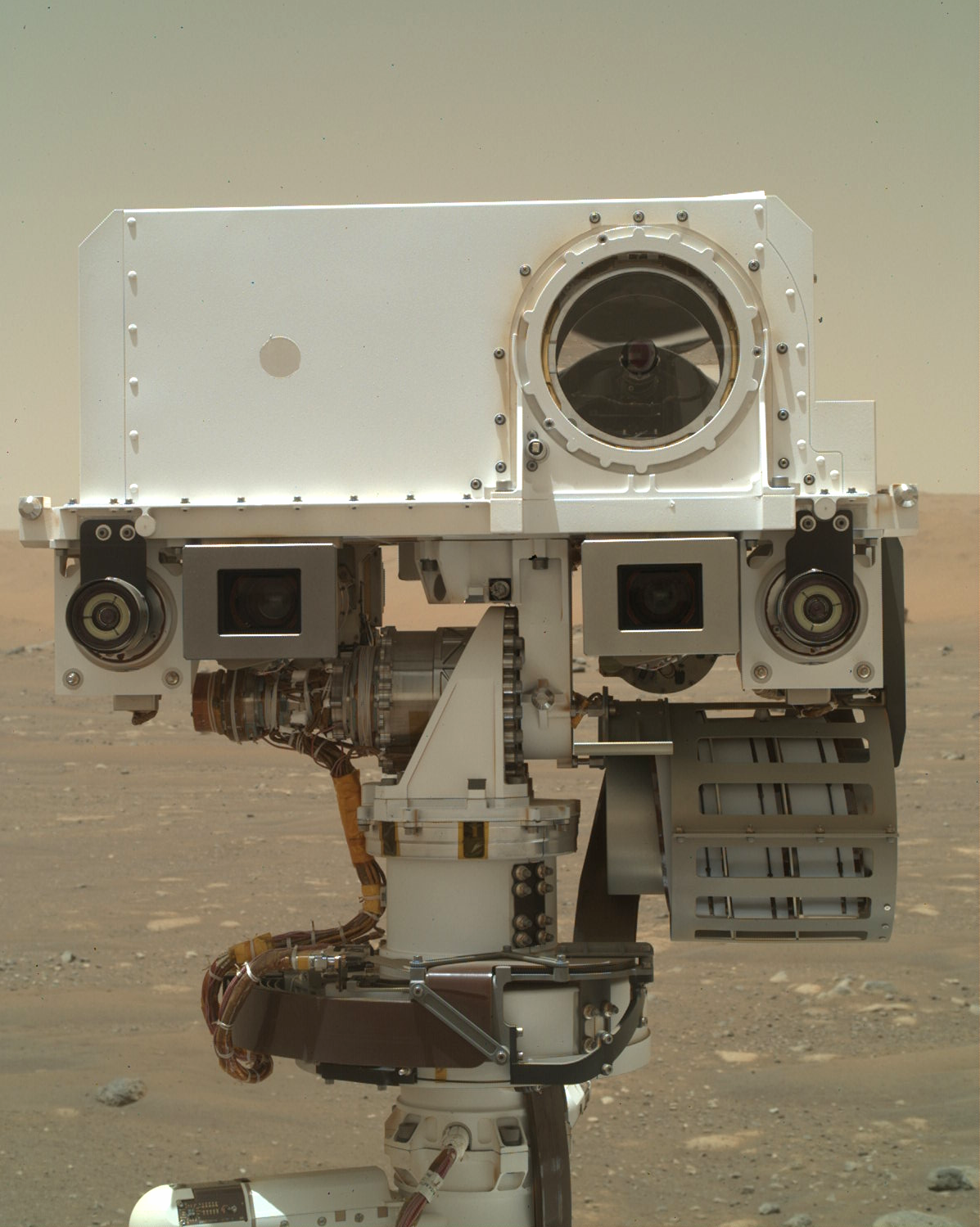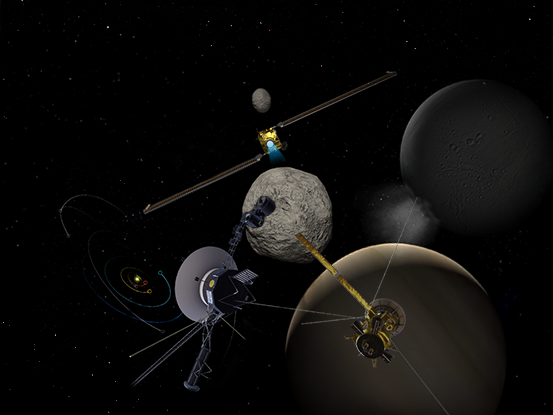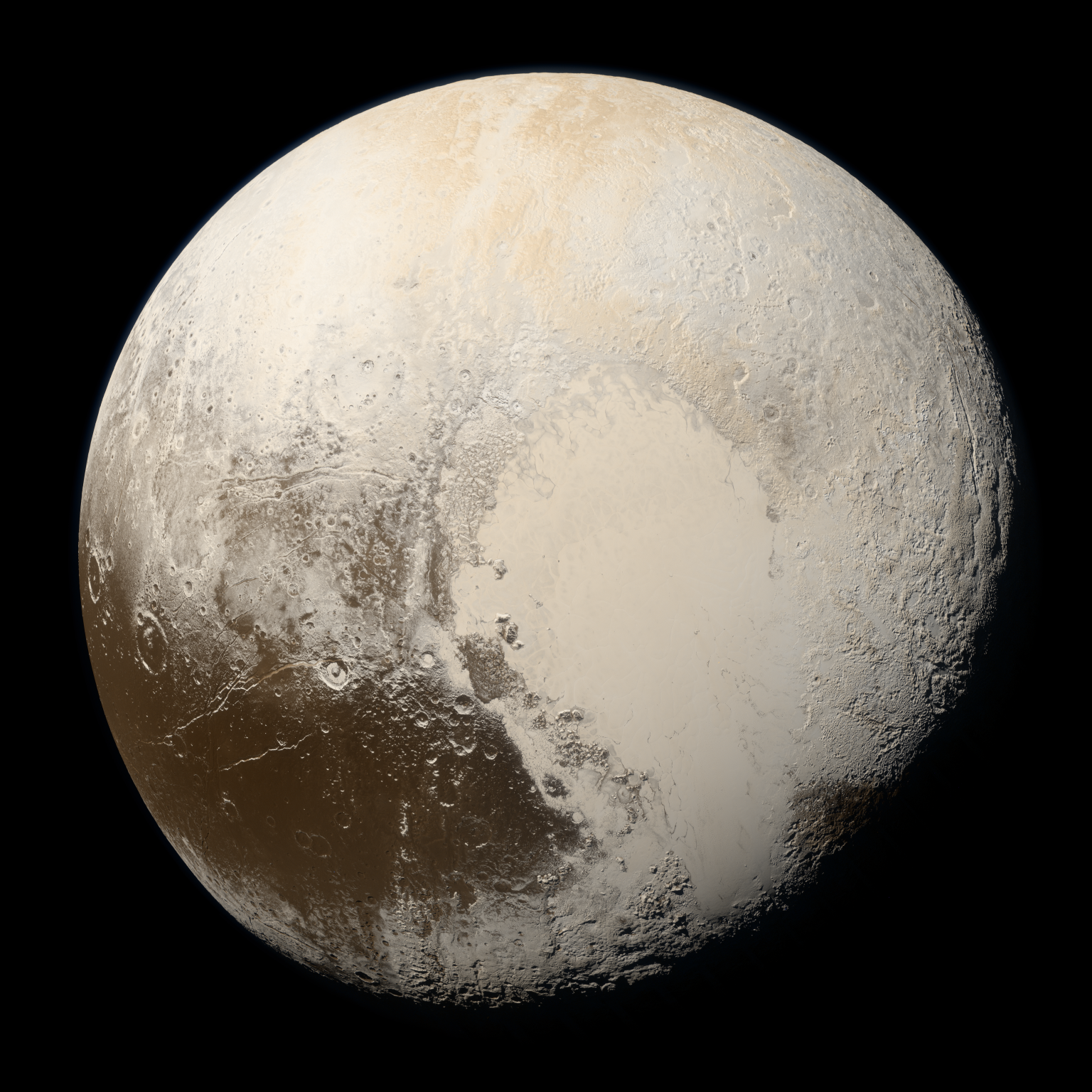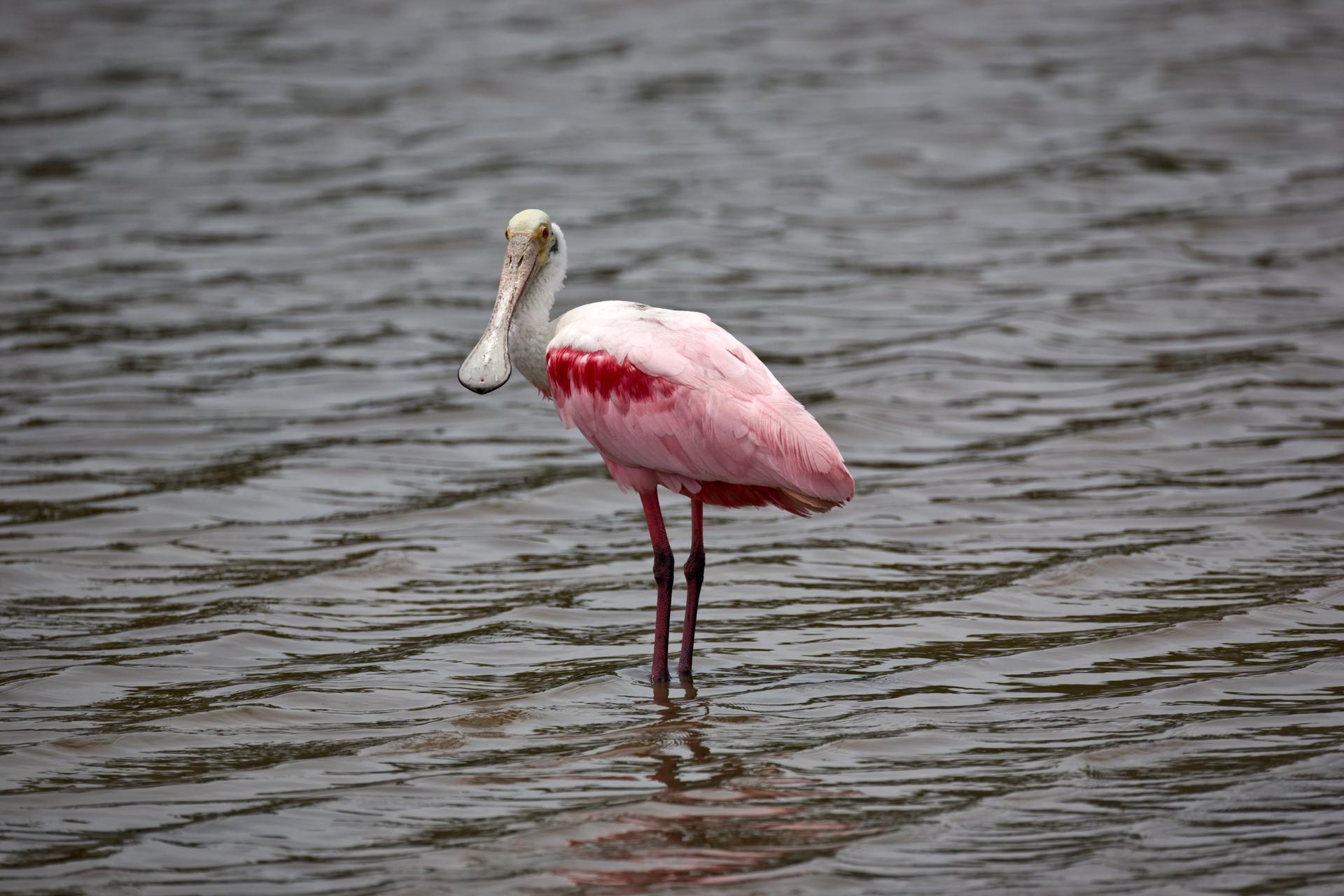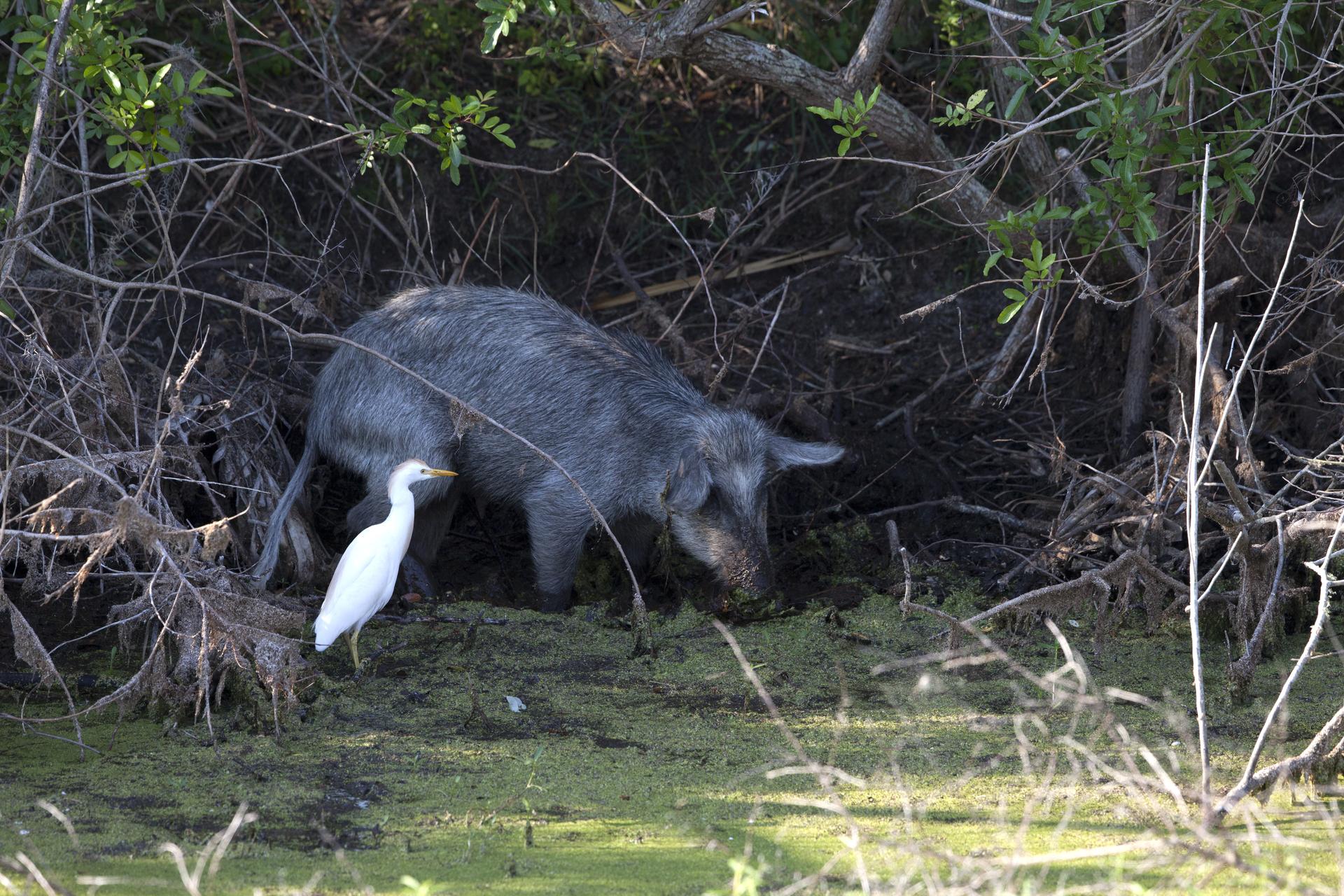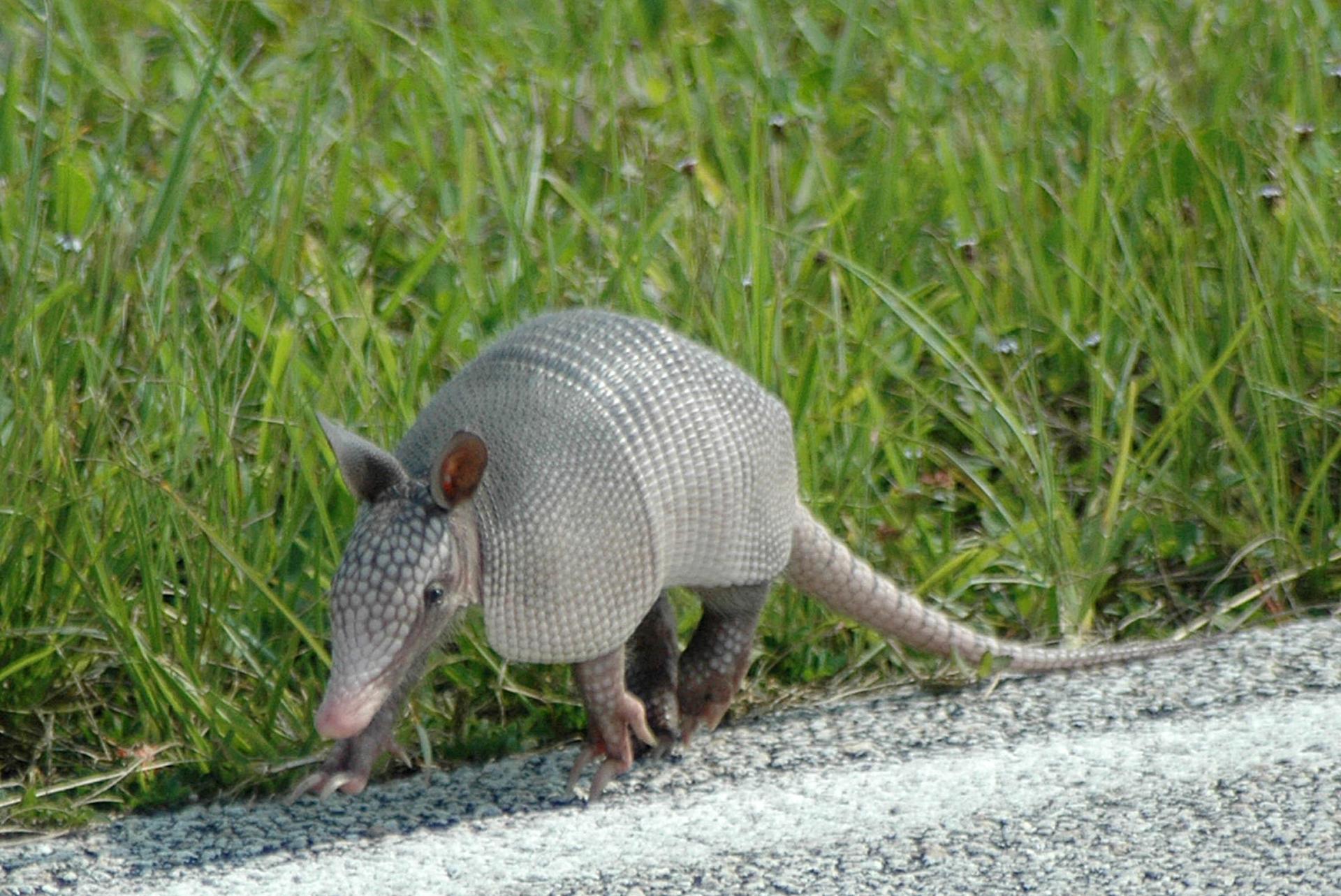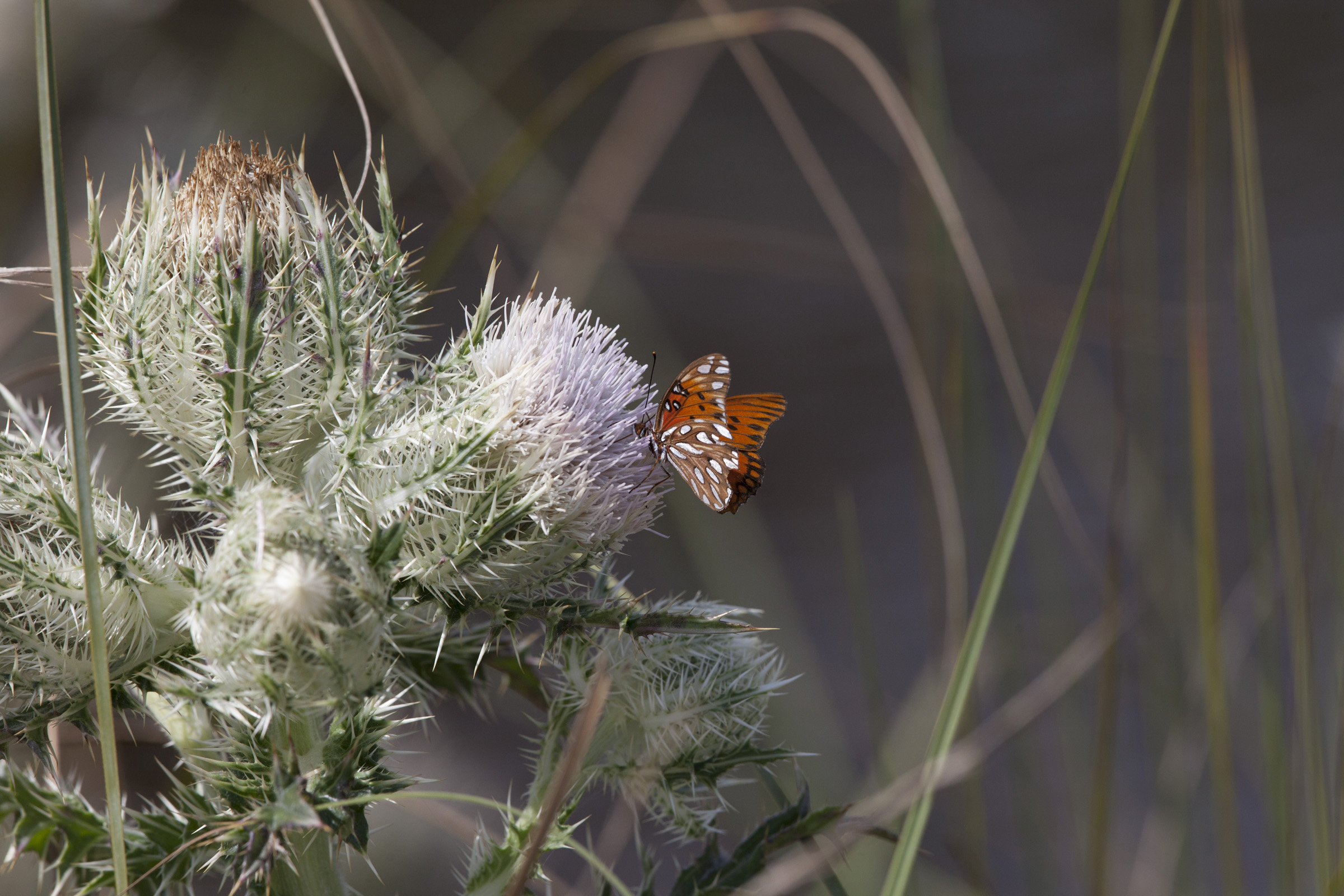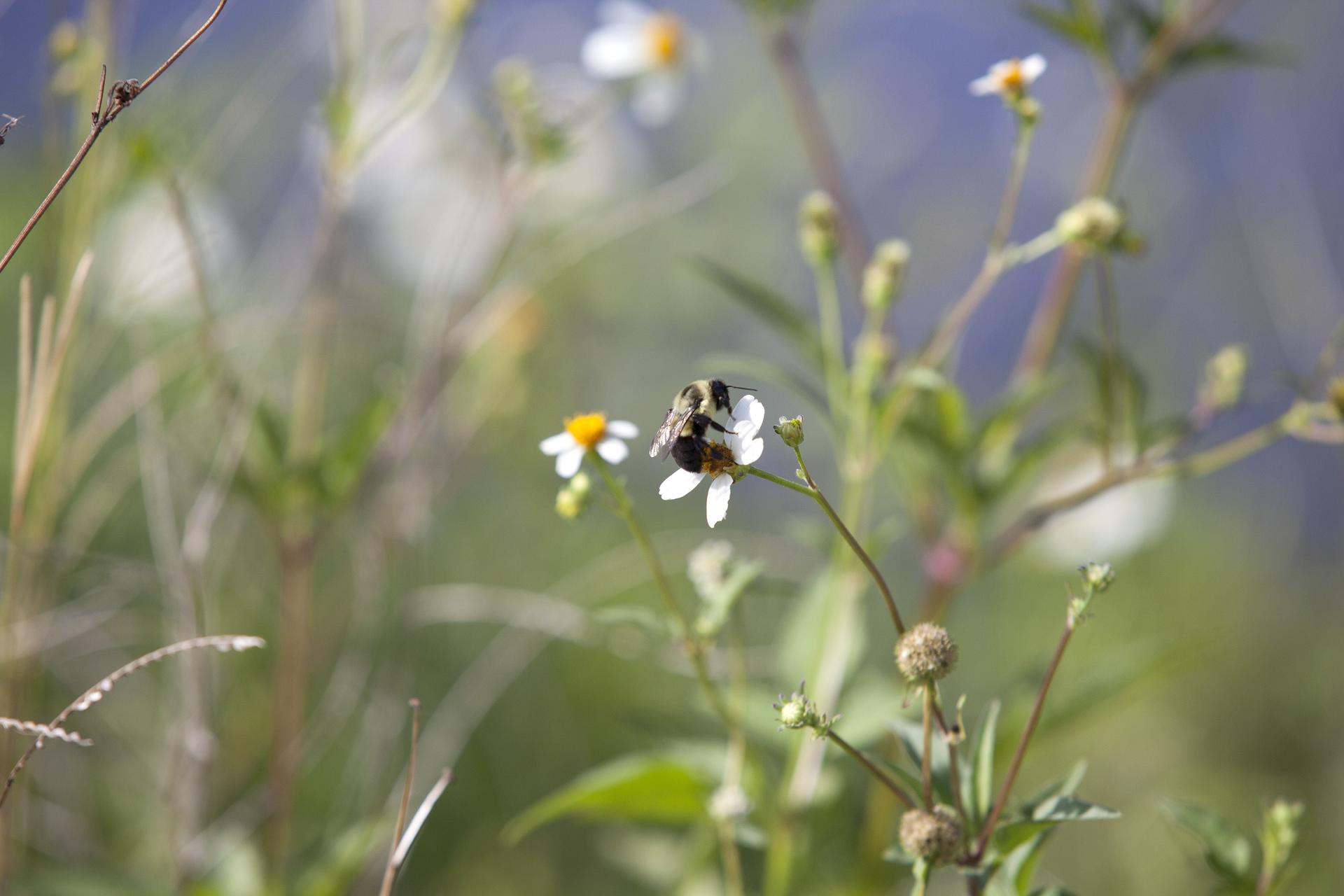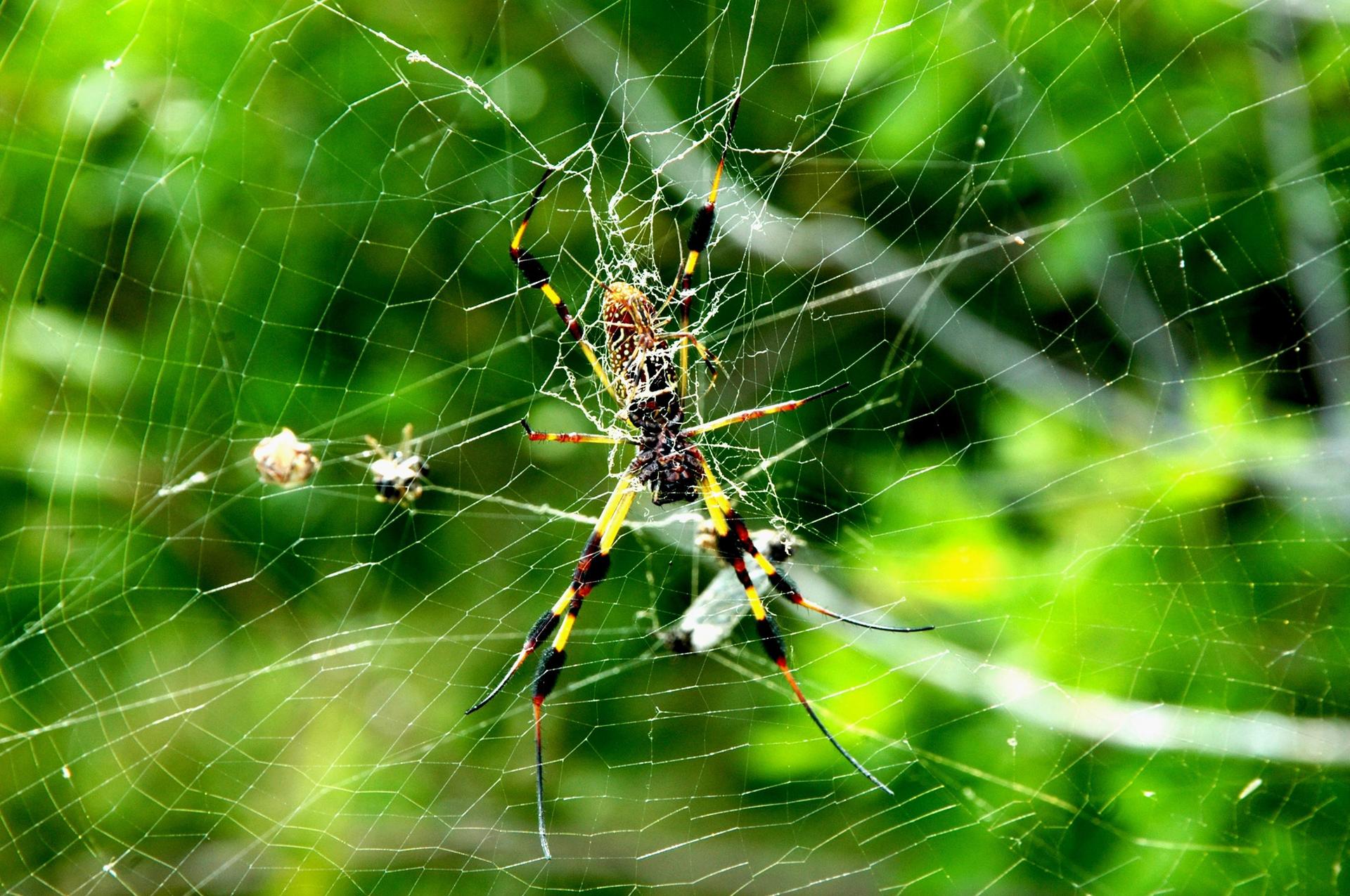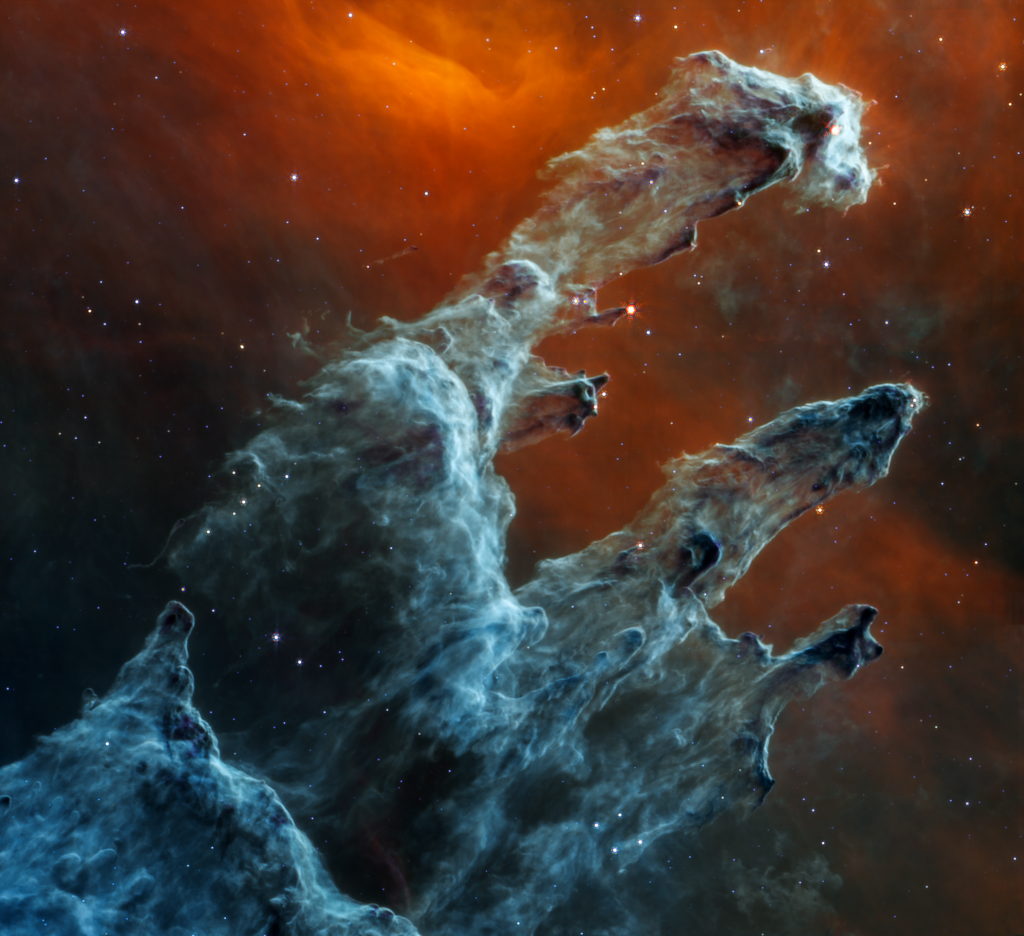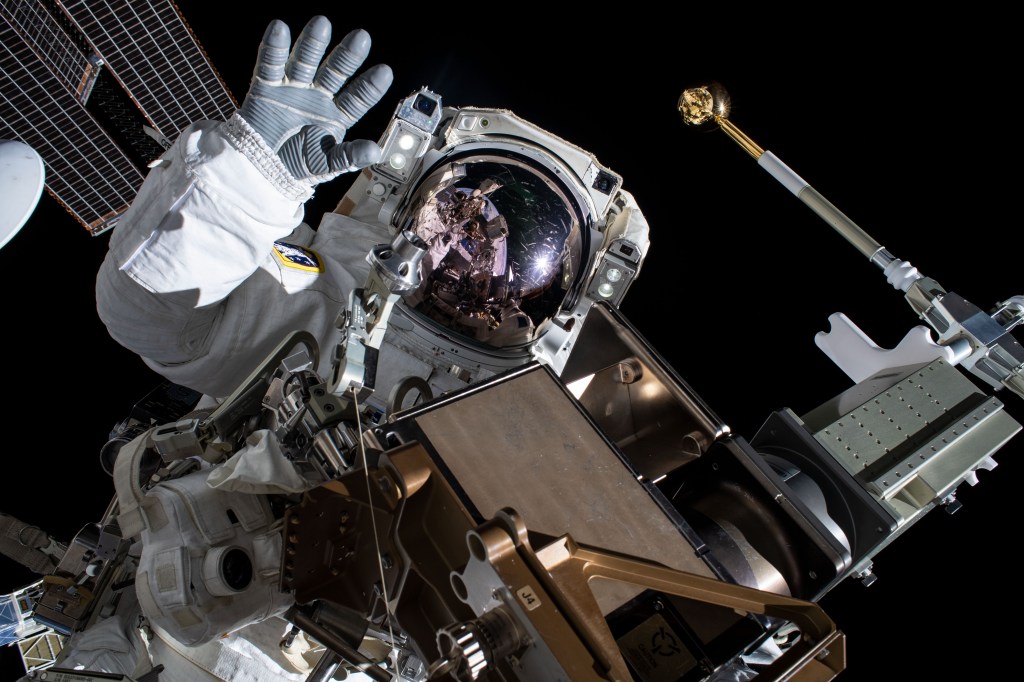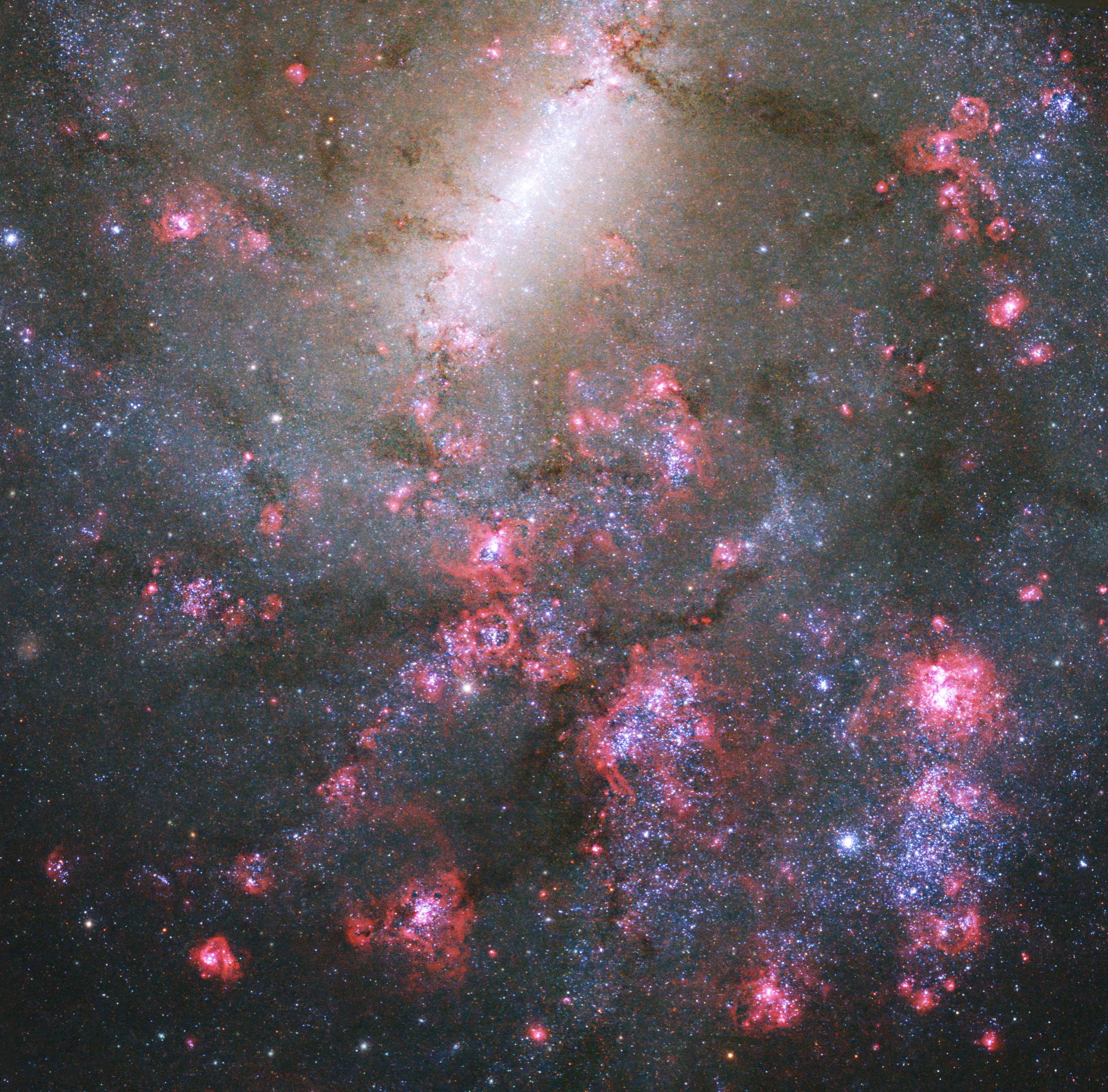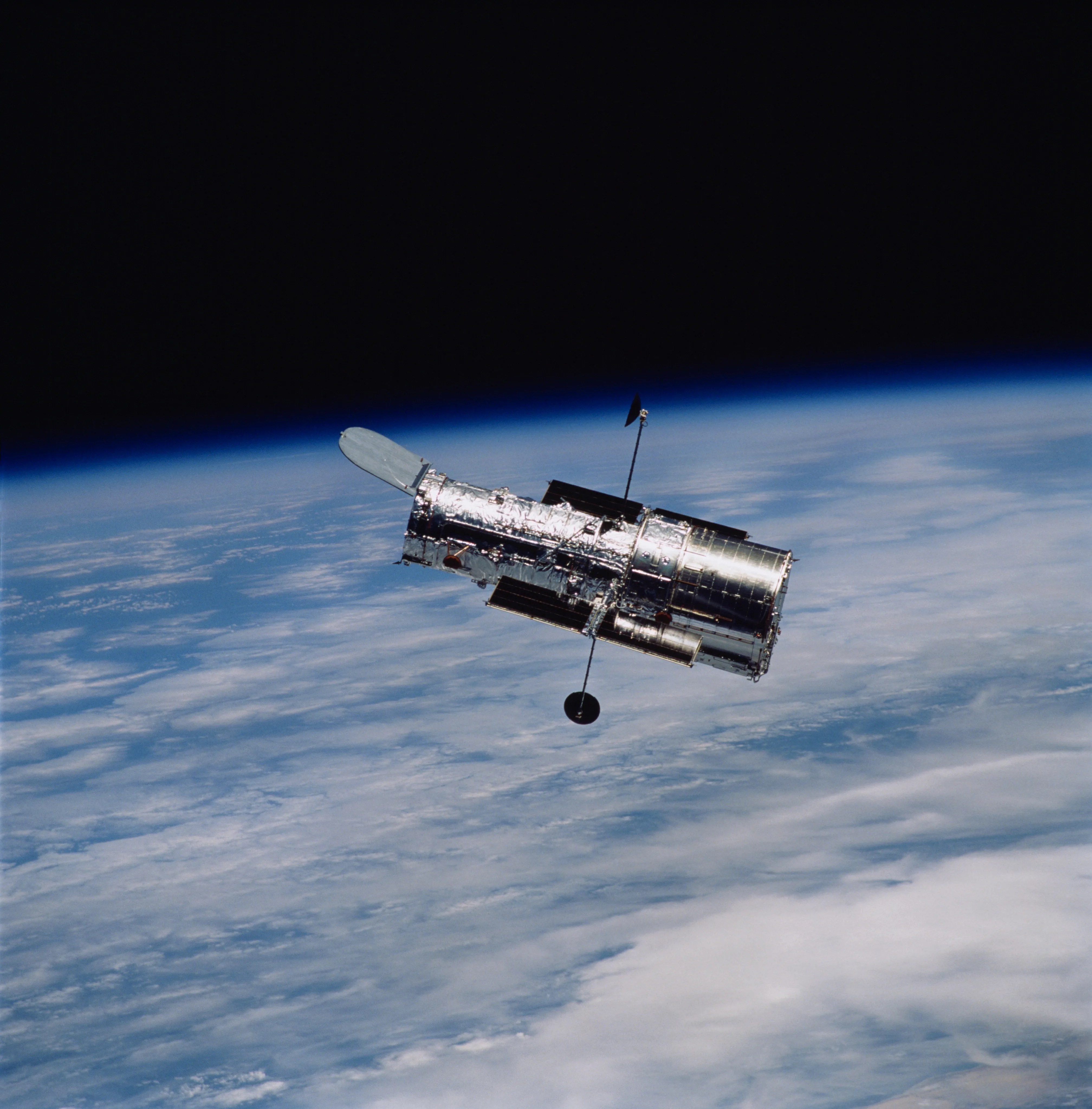Featured News
Unlocking the Secrets of Mars
Sixty years ago, NASA’s Mariner 4 captured groundbreaking views of the Red Planet, leading to a steady stream of advances in the cameras used to study other worlds.
NASA Imaging about Unlocking the Secrets of Mars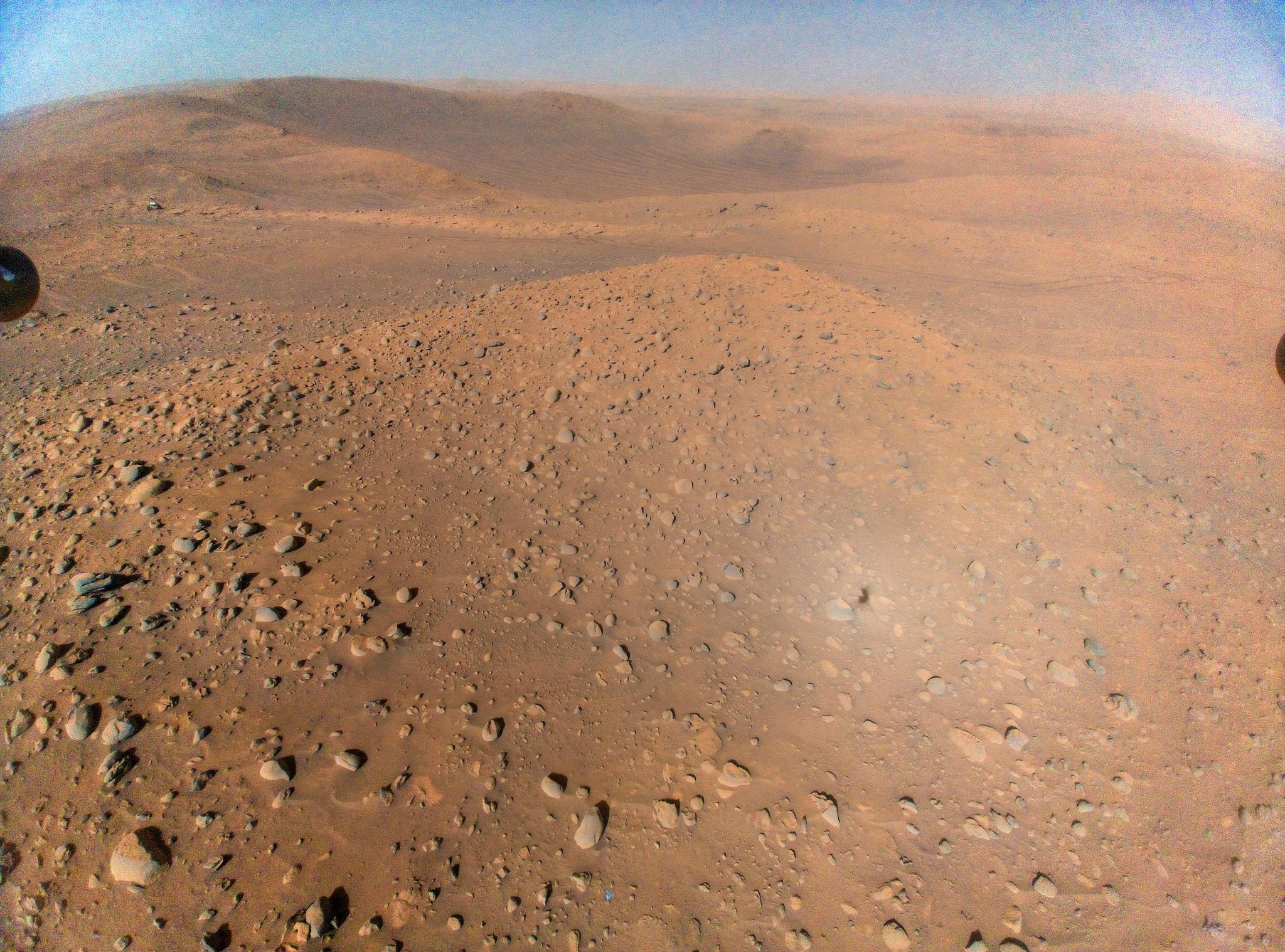
Exploring the Red Planet
Today
Image Of The Day
10 Years Ago: NASA’s New Horizons Captures Pluto’s Heart
This is the most accurate natural color image of Pluto taken by NASA’s New Horizons spacecraft in 2015.
More NASA Images
Explore the Universe from your Inbox
Stay up-to-date on the latest news from NASA–from Earth to the Moon, the Solar System and beyond.
We will never share your email address.
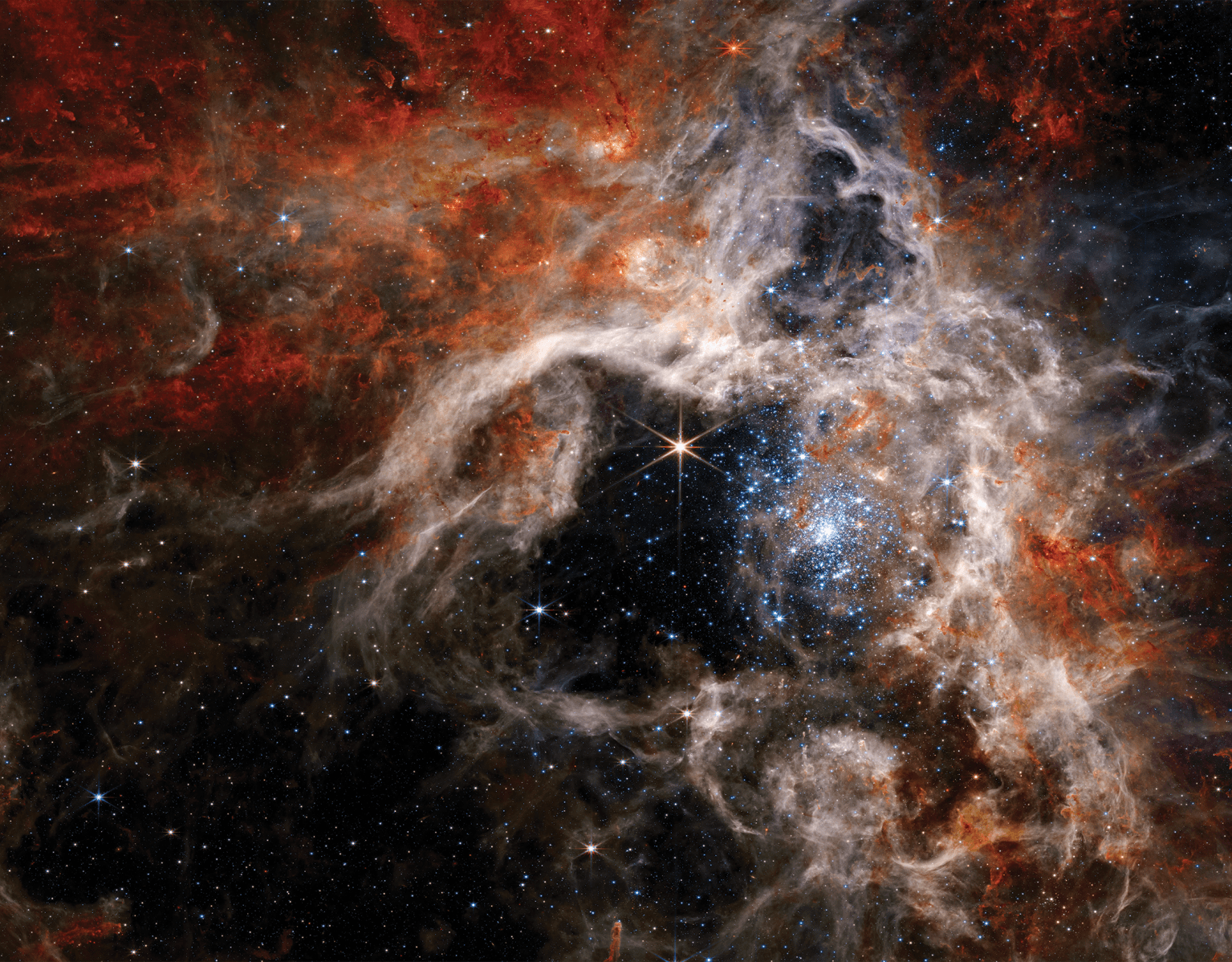
Earth Information Center
Explore our changing planet
For more than 50 years, NASA satellites have provided data on Earth’s land, water, air, temperature, and climate. NASA’s Earth Information Center allows visitors to see how our planet is changing in six key areas: sea level rise and coastal impacts, health and air quality, wildfires, greenhouse gases, sustainable energy, and agriculture.
Earth Science about Explore our changing planet

